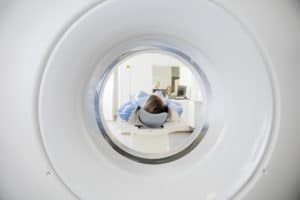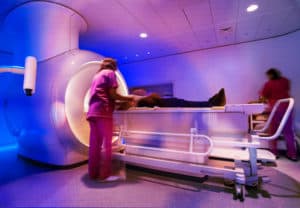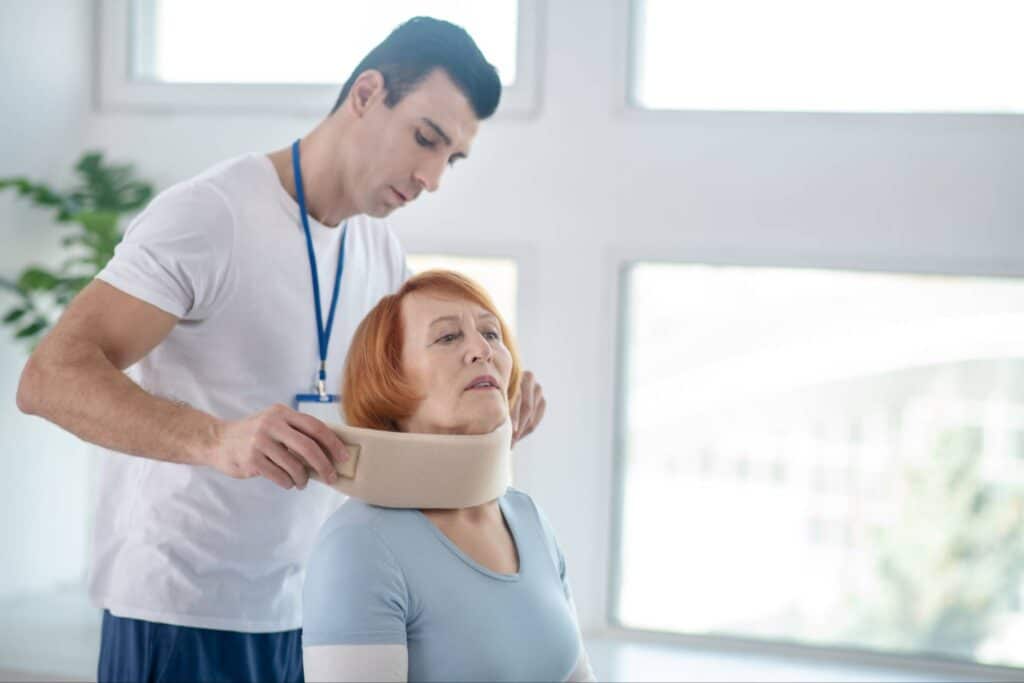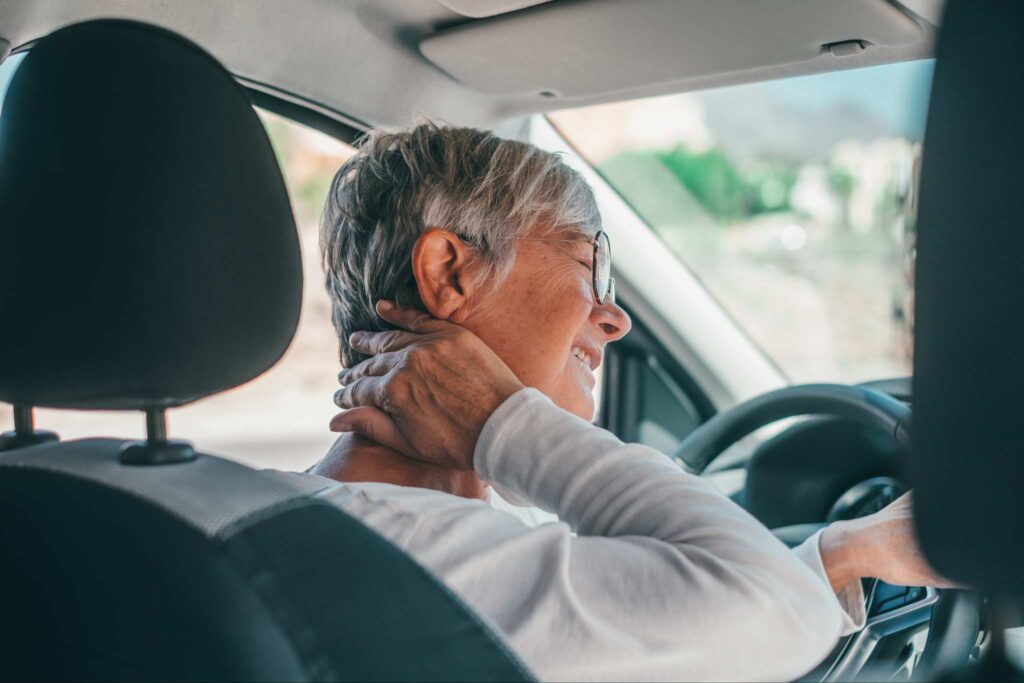After an accident, you will likely visit a doctor as soon as possible to assess any car accident injuries and make sure there are no issues that you have not yet noticed. At these appointments, you may be walked through a series of tests, including physical exams and reflex tests, as well as a series of imaging diagnostic tests. Some of these experiences can feel repetitive, but it can be helpful to know what different tests are being performed and why. Read on to understand why a CT scan and MRI may be performed, and why you will sometimes need to undergo both to provide a comprehensive evaluation after a car accident.
CT Scans After a Car Accident
 Also known as CAT scans, a CT scan or computed tomography scan is an advanced form of imaging diagnostics that is about to detect muscle, tissue, and bone injuries that would not be seen on a traditional x-ray. The machine used in a CT scan takes multiple x-rays of the body at different angles, and a computer then compiles them to create more in-depth images. These cross-sections show blood vessels, muscles, and tissue in detail and can indicate a number of injuries, even before you begin to feel symptoms.
Also known as CAT scans, a CT scan or computed tomography scan is an advanced form of imaging diagnostics that is about to detect muscle, tissue, and bone injuries that would not be seen on a traditional x-ray. The machine used in a CT scan takes multiple x-rays of the body at different angles, and a computer then compiles them to create more in-depth images. These cross-sections show blood vessels, muscles, and tissue in detail and can indicate a number of injuries, even before you begin to feel symptoms.
CT scans are particularly helpful in identifying damage to the nerves, muscle, or tissue, as well as other internal injuries. One common condition identified by this test is internal bleeding. The blunt trauma and possible penetrating trauma caused by a car accident can be life-threatening if not identified properly and in a timely manner. Abdominal bleeding, bleeding near the lungs, tears in major blood vessels, and brain bleeds are all commonly found when a CT scan is performed and can be treated as soon as possible. These issues would not show up on traditional x-rays.
Undergoing a CT scan is a painless, non-invasive procedure that can happen in an imaging center or other outpatient facility. The scanner is a large, donut-shaped machine that patients slide through on a table. As the patient moves through the scanner, the table moves to take a photo from a different angle, taking a “slice” of the picture needed to create the full view. You may be instructed to hold your breath or be still to increase image quality, but you will not feel any pain. The procedure is usually over in 30 minutes or so and you can return to normal daily activities when it is over.
MRIs After a Car Accident
 Magnetic resonance imaging, or an MRI scan, is a powerful imaging diagnostic tool that can be used to detect severe internal injuries in accident victims. An MRI uses a magnetic field and pulses of radio wave energy to create pictures of the organs and structures inside your body. While this is similar to a CT scan, the MRI provides different information than other imaging diagnostic. An MRI also avoids the radiation that is found in other scans.
Magnetic resonance imaging, or an MRI scan, is a powerful imaging diagnostic tool that can be used to detect severe internal injuries in accident victims. An MRI uses a magnetic field and pulses of radio wave energy to create pictures of the organs and structures inside your body. While this is similar to a CT scan, the MRI provides different information than other imaging diagnostic. An MRI also avoids the radiation that is found in other scans.
MRIs are particularly useful for detecting spinal injuries, problems with the blood vessels, and brain trauma. They can detect activity in the brain in a way that other scans cannot and are very useful for diagnosing early phases of head injuries.
The process of getting an MRI is similar to that of a CT scan, though it will often take closer to 90 minutes. Some people struggle being enclosed in the larger tube for a long period of time, but in cases of claustrophobia, open tables or sedatives are often available.
Comprehensive Scanning After a Car Accident
In the immediate aftermath of an accident, it is important to rule out any serious injuries that are not yet obvious. For this reason, most doctors will perform a series of imaging diagnostic scans to make sure they have a full picture of the body’s state. At AICA Orthopedics, our on-site imaging diagnostic center offers both CT scans and MRI scans as well as a number of other advanced technologies.
Once you have received results from these scans, AICA Orthopedics provides a team of specialists to interpret the results along with the radiologist. Orthopedists, chiropractors, neurologists, and physical therapists will all work together to determine what injuries are shown by these scans and what the best course of treatment will be moving forward. These scans rely on expert interpretations, and at AICA Orthopedics, our specialization in accident victims allows us to clearly read the results and report them to your insurance company properly.





